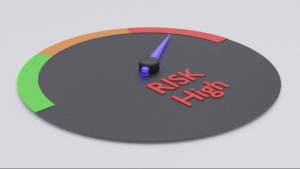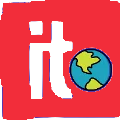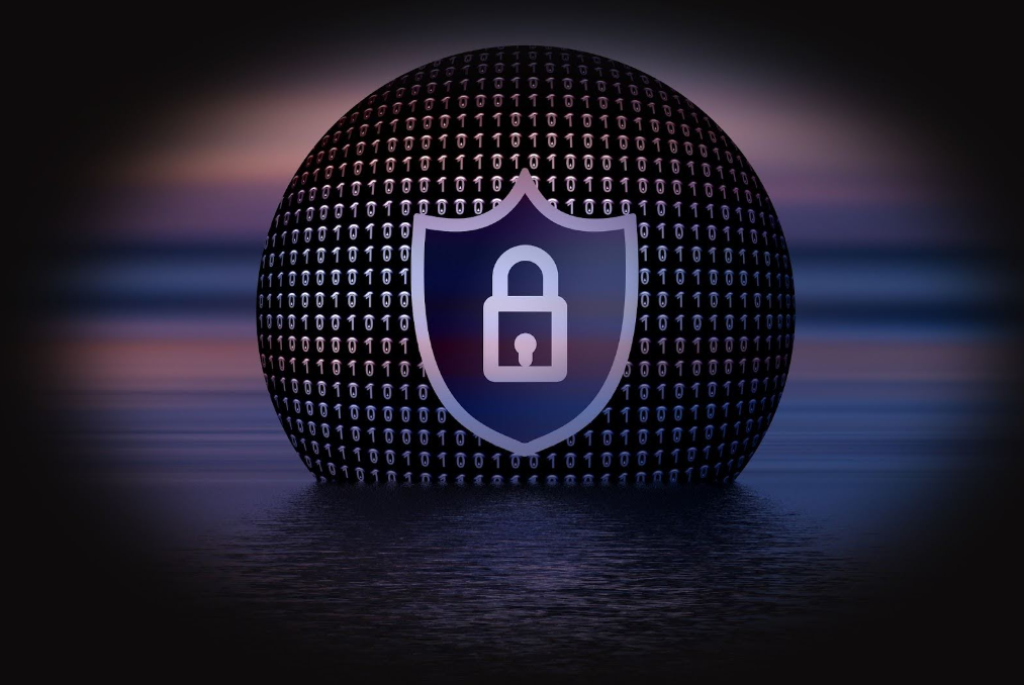Managing risks for organisations is now a strategic process and not a reactive task. Owing to increasing cybercrime and evolving workplaces, organisations face a wide range of challenges. Regulatory challenges, operational disruptions and rising market volatility have made having a thorough risk management framework inevitable.
Any traditional risk management framework struggles to keep up with the speed and complexity of these challenges. However, by integrating advanced technologies such as automation, artificial intelligence and cloud platforms, the risk management framework transforms into proactive systems.
With operations changing, digital tools offer the agility and scalability required to adapt quickly while maintaining control. Read on to learn more about a risk management framework, which is not an example of a risk management strategy, and more.
Understanding Risk Management
Risk management framework entails a systematic process of identifying, assessing and responding to potential threats or uncertainties. The aim of a risk management framework is to evaluate risks, prioritise them based on their likelihood and implement relevant strategies to negate their consequences. This supports decision-making and builds business resilience.
Which is not an example of a risk management strategy?
Not identifying potential risks at the right time is not an example of a risk management strategy. Failing to recognise or prepare for threats can leave an organisation vulnerable to unexpected disruptions and severe losses. Effective risk management requires awareness, planning and response, none of which are present when risks are overlooked or dismissed without evaluation.
What are Risk Management Tools?

Risk Management Tools are software, methodologies and practices used to identify, assess and prioritise risks. They help organisations allocate resources effectively to reduce the risk impact.
Ranging from analytical platforms to strategic frameworks, these tools aid in forecasting threats and executing mitigation plans. The core objective is to protect assets, ensure success, support compliance and maintain long-term operational stability.
Having a well-defined risk management offers multiple benefits like:
- Risk Management Tools enable the timely protection of threats and ensure the implementation of proactive strategies.
- By analysing and forecasting outcomes, risk management tools support better decision-making.
- Risk Management Tools help prioritise high-impact risks. The leadership can allocate appropriate time, personnel and finances to areas that need attention.
- Risk tools assist organisations in adhering to legal and regulatory standards. This minimises liabilities and follows government protocols for consistency across operations.
5 Best Digital Tools for Risk Management

Whether you are working in the food industry or the health sector, accidents are not inevitable. Here are 5 best digital tools that must be incorporated in a risk management framework:
Growing Importance of Digitisation in Risk Management
Digital transformation has revolutionised risk management by enabling faster and more accurate assessments. Digitisation replaces manual processes with integrated platforms that offer real-time insights.
Data is more centralised and the workflow is more streamlined. This shift helps organisations respond swiftly to emerging threats and improve collaboration across departments. The aim is to build a more agile and proactive approach as well as manage complex risks.
Automation Streamlines Risk Monitoring and Reporting
Automation reduces human error and speeds up risk monitoring. Automated tools collect, analyse and present data in real time. This allows quicker decision-making and faster response to potential threats. A risk management framework that incorporates digital tools simplifies compliance reporting, enabling organisations to track risk indicators continuously. All regulatory and internal risk protocols are met efficiently.
AI Analytics for Risk Assessment and Identification
Artificial Intelligence (AI) and machine learning enhance risk assessment by identifying patterns and anomalies that might go unnoticed through conventional methods. These tools analyse large volumes of data to predict potential risks.
Appropriate mitigation strategies are suggested and impacts are assessed. AI-driven insights empower businesses to move from reactive to predictive risk management. This helps make smarter and better-informed decisions.
Cloud-Based vs On-Premise Risk Management Tools
Choosing between cloud-based and on-premise risk tools depends on the business needs. Cloud platforms offer flexibility, scalability and remote access, making them ideal for distributed teams.
On-premise tools, while offering greater control and security, require more resources for maintenance. Understanding the trade-offs helps organisations select the right tool to support secure and effective risk management operations.
Digital for Existing Compliance and Audit Systems
Modern risk management tools integrate seamlessly with compliance and audit systems. Checks are automated and documentation is streamlined. This also ensures that organisations meet legal and regulatory standards while reducing the burden of manual audits.
Digital integration also promotes transparency, provides audit trails and simplifies tracking of corrective actions. The aim is to ensure consistent governance and minimise the risk of penalties or reputational damage.
Conclusion
Automating processes for streamlining operations and seeking the aid of digital tools to go from a reactive to a proactive approach is essential. The aim is to identify threats faster, analyse potential damage and mitigate risks. From automation and AI to cloud-based platforms, these technologies enhance visibility and support strategic business planning. With businesses and their operations getting more complex, digitisation will help organisations remain more competitive, resilient and legally compliant. Therefore, adopting these practices is important for any business to thrive in this data-driven world.
Frequently Asked Questions (FAQs)
1. Which international standard mentions requirements for maintaining occupational health and safety standards at a workplace?
Answer 1: ISO 45001 is the international standard that mentions requirements for maintaining occupational health and safety standards at a workplace. The standard outlines all requirements to maintain maximum safety for employees and safeguard their lives.
2. What are the 5 main components of hazard controls?
Answer 2: Five essential components of hazard control are elimination, substitution, engineering controls, administrative controls and personal protective equipment. The aim is to maintain and improve occupational health and safety management systems in a workplace.
3. How frequently should safety drills be held at a workplace?
Answer 3: Safety training exercises should be held regularly at the workplace. Employees should be trained to use the latest safety management software and the latest equipment for physical safety. The frequency, however, depends on industry standards, the nature of work and any changes in equipment or procedures.
4. Which are the 6 main groups or categories of hazards or accidents at a workplace?
Answer 4: Physiological, biological, chemical, safety, ergonomic and psychosocial are the 6 main categories of accidents or hazards. These classifications help in specifying measures to contain damage and save lives in case there is any crisis.
5. ISO 45001 comprises 7 elements that ensure workplace safety. What are they?
Answer 5: The 7 elements of ISO 45001 are occupational health and safety policy, employee engagement, being ready for an emergency, consistent improvement, legal compliance and hazard identification.

